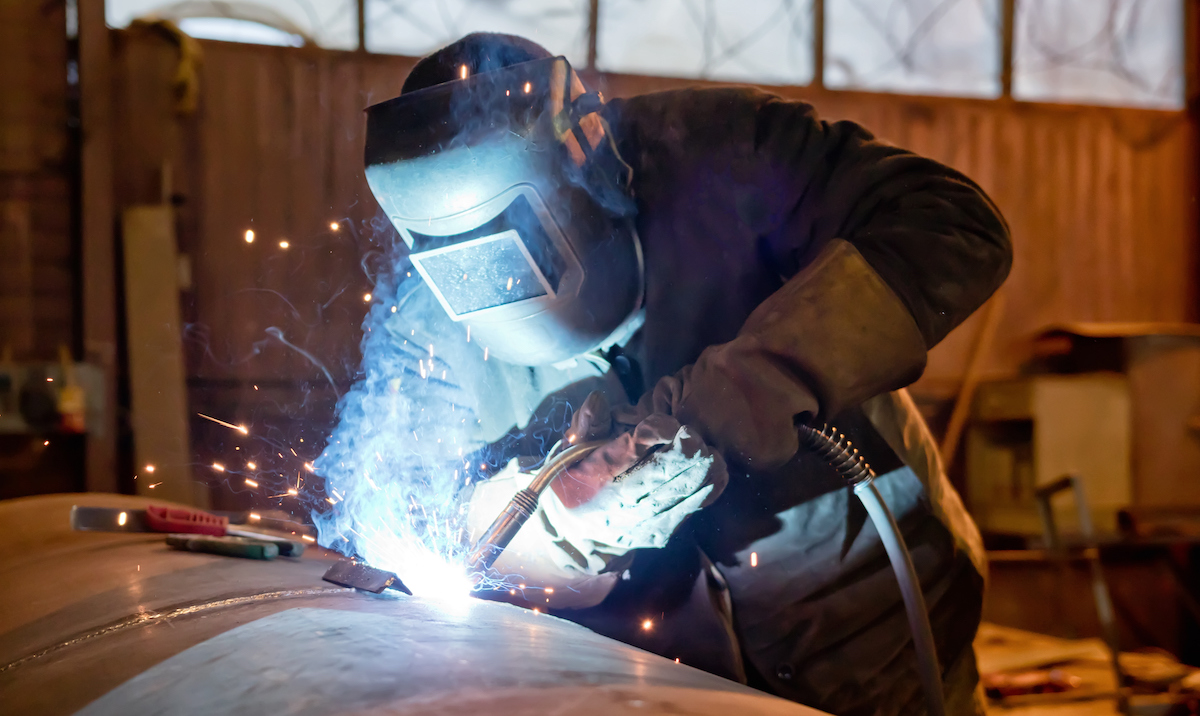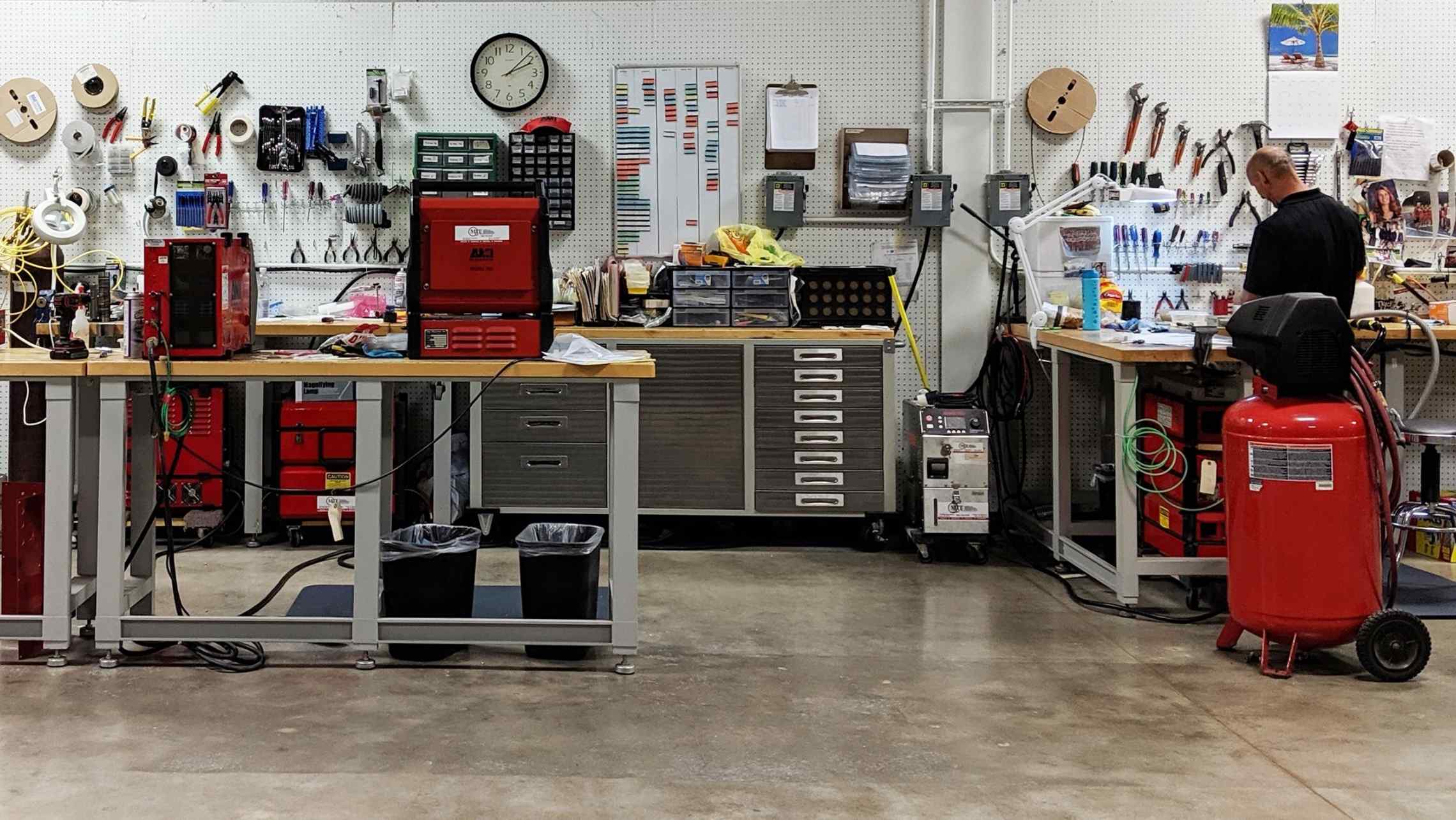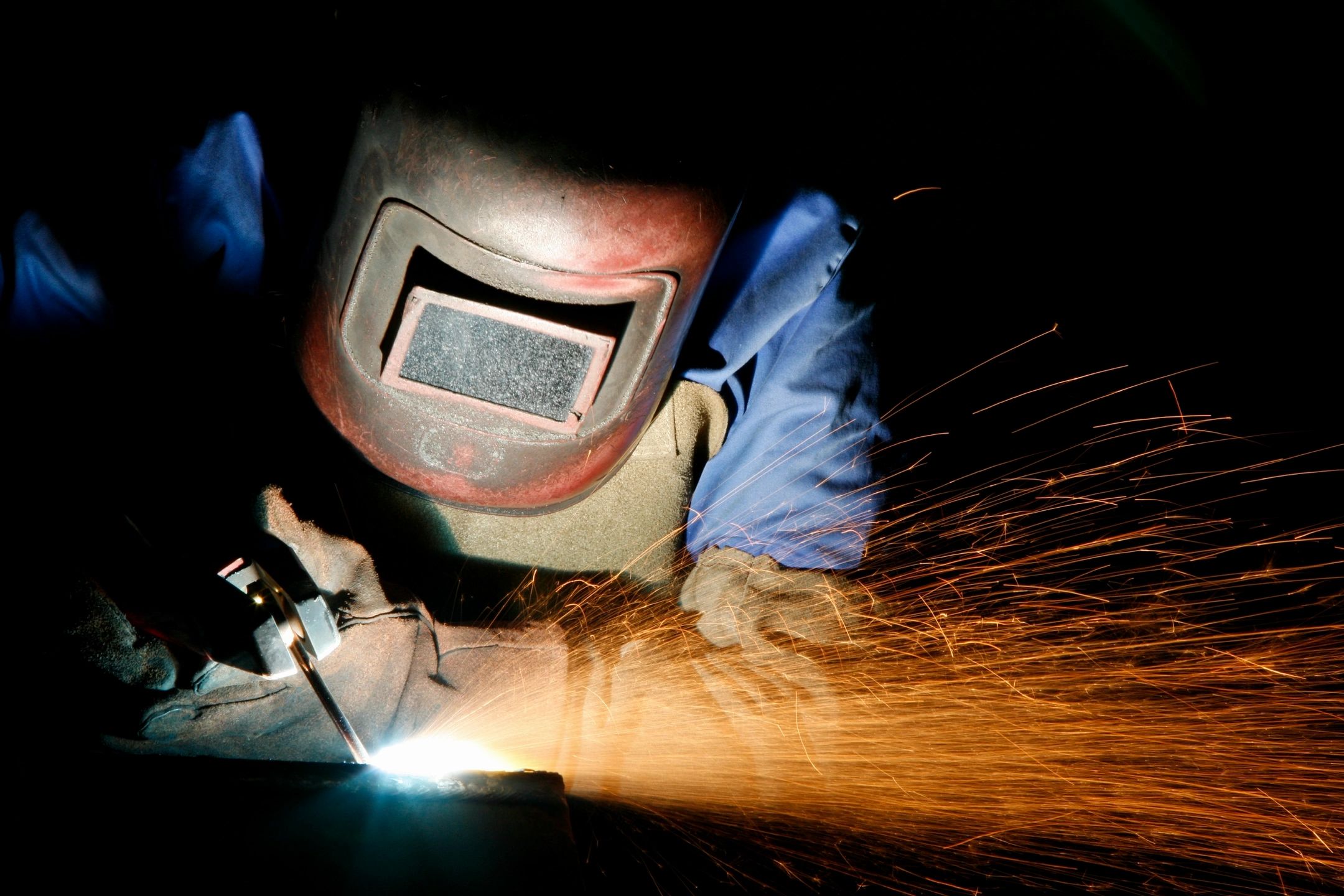Typical Welding Repair Issues and How to Address Them Efficiently
Welding repairs frequently encounter a series of issues that can jeopardize the honesty of the end product. Usual problems consist of inadequate penetration, porosity, and imbalance, to name a few. Each flaw provides unique difficulties that call for specific methods for resolution. Comprehending these problems is essential for welders aiming to boost their abilities and outcomes. This discussion will discover these typical welding fixing concerns and efficient techniques to address them.
Insufficient Penetration
Inadequate penetration happens when the weld metal stops working to fully fuse with the base product, resulting in weak joints and possible architectural failures. This concern often stems from insufficient heat input, inaccurate electrode angle, or incorrect welding speed. Welders might encounter poor penetration because of a mistake of the necessary parameters for a specific product thickness or kind. In addition, contamination on the base product's surface can hinder effective bonding, aggravating the trouble. To resolve insufficient infiltration, welders should ensure proper settings on their tools and maintain a tidy work surface. Normal assessment of welds is recommended to recognize any type of deficiencies early, enabling prompt improvements and the avoidance of compromised architectural honesty in welded settings up.
Porosity
Porosity is a common defect in bonded joints that shows up as small gas bubbles entraped within the weld metal. This issue can endanger the integrity of the weld, bring about reduced stamina and potential failing under anxiety. Fabrication. Porosity normally develops from contamination, moisture, or improper welding methods, which allow gases to get away right into the liquified weld swimming pool. To deal with porosity, welders should ensure correct surface preparation, maintain a tidy workplace, and use ideal welding criteria. In addition, picking the appropriate filler material and protecting gas can minimize gas entrapment. Routine examination and testing of welds can aid determine porosity early, assuring timely rehabilitative activities are taken, thus preserving the top quality and reliability of the welded framework
Imbalance
Imbalance in welding can develop from different variables, including incorrect configuration and thermal development. Comprehending the source is crucial for efficient resolution. Several modification strategies are available to realign components and assure structural integrity.
Reasons for Misalignment
Welding imbalance usually comes from a variety of underlying problems that can endanger structural honesty. One primary cause is inappropriate fit-up of parts prior to welding, which can result in spaces and irregular surfaces. Variants in thermal development during the welding process can also cause distortion, specifically if the products being signed up with have different coefficients of expansion. Additionally, inadequate clamping and fixturing may fail to hold components safely in location, causing motion throughout welding. Poorly conserved devices, consisting of welding devices and devices, might present variances in the weld bead, further contributing to imbalance. Operator mistake, stemming from inadequate training or experience, can additionally play a considerable function in producing misaligned welds.

Adjustment Methods Offered
Addressing imbalance efficiently requires a mix of restorative techniques customized to the specific issues handy. One common technique is the usage of jigs or components to hold components in the appropriate setting throughout welding, making certain consistent positioning. In addition, pre-heating the products can assist decrease distortion and boost fit-up. For significant misalignment, mechanical adjustment methods, such as using hydraulic jacks or clamps, can be utilized to fix the setting before welding. Post-weld heat therapy may likewise be essential to eliminate anxieties brought on by imbalance. Careful evaluation and change during the arrangement stage can protect against imbalance issues from coming to be significant problems, promoting a smoother welding process and enhancing general structural integrity.
Distortion
Distortion is a typical difficulty in welding that can develop from numerous elements, including unequal cooling and heating. Comprehending the root causes of distortion is vital for implementing reliable prevention methods. Resolving this concern not only boosts structural stability yet additionally boosts the total quality of the weld.
Sources of Distortion
When subjected to the extreme heat of welding, materials often undertake changes that can result in distortion. This phenomenon mostly develops from thermal expansion and tightening throughout the welding process. As the weld area warms up, the product expands; upon cooling, it acquires, which can develop internal anxieties. Furthermore, uneven heating throughout a work surface can aggravate these tensions, leading to bending or bending. The type of material additionally plays a substantial function; steels with differing thermal conductivity and coefficients of expansion might respond in different ways, causing uncertain distortions. Furthermore, bad joint design and poor fixturing can contribute to misalignment during welding, raising the possibility of distortion. Comprehending these reasons is necessary for efficient welding repair and prevention approaches.
Prevention Techniques
Efficient prevention methods for distortion during welding concentrate on regulating heat input and making certain appropriate joint layout. Preserving a constant heat input aids to reduce thermal growth and contraction, which can lead to distortion. Making use of methods such as pre-heating the workpiece can also decrease the temperature slope, promoting uniform home heating. Additionally, picking ideal joint designs, such as T-joints or lap joints, can boost security and minimize anxiety concentrations. Executing correct fixturing to secure the work surfaces in position better aids in maintaining alignment throughout the welding process. Staggered welding series can distribute heat extra equally, avoiding local distortion. By using these strategies, welders can considerably lower the possibility of distortion and enhance the general high quality of their welds.
Fracturing
Cracking is a common concern run into in welding repairs, frequently arising from different factors such as inappropriate cooling rates, product selection, or inadequate joint preparation. The incident of splits can greatly endanger the honesty of the weld, resulting in prospective failings during operation. To resolve this problem, welders need to first assess the root creates, ensuring that products work and appropriately selected for the particular application. In addition, regulating the cooling price throughout the welding process is necessary; rapid air conditioning can generate tension and cause cracking. Proper joint design and prep work additionally add to minimizing the danger. Implementing these techniques can improve weld high quality and longevity, eventually lowering the likelihood of splitting in completed weldments.

Incomplete Combination
A considerable problem in welding repair work is incomplete combination, which occurs when the weld steel does not appropriately bond with the base material or previous weld passes - Montana Mobile Welding and Repair Belgrade Fabrication. This issue can lead to weaknesses in the joint, potentially compromising the stability of the welded structure. Factors adding to incomplete fusion include not enough warm input, inappropriate welding technique, and contamination of the surface areas being signed up with. To resolve this problem efficiently, welders ought to assure proper pre-weld cleansing and surface prep work, along with adjust their welding criteria to achieve adequate infiltration and combination. Routine examination during the welding process can additionally help identify insufficient fusion early, enabling prompt rehabilitative measures to improve the overall top like it quality of the stainless mig wire weld
Overheating
While welding fixings can enhance architectural honesty, overheating presents a significant challenge that can bring about material deterioration. Too much warmth during welding can change the mechanical buildings of steels, resulting in minimized toughness, boosted brittleness, and warping. This phenomenon is particularly critical in high-stress applications where architectural dependability is critical. Identifying overheating can entail aesthetic assessments for discoloration or distortion, in addition to monitoring temperature during the welding procedure. To reduce the dangers related to overheating, welders ought to use appropriate techniques, such as managing warmth input, adjusting traveling rate, and using ideal filler products. Additionally, implementing pre- and post-weld heat therapies can assist recover material residential properties and enhance the total top quality of the repair work, making certain long-term efficiency and safety and security.
Often Asked Questions
What Are the Usual Indicators of a Welding Problem?

How Can I Evaluate My Welds for Top quality?
To evaluate welds for high quality, one can use visual evaluations, ultrasonic testing, and radiographic methods. Each technique ensures structural honesty, determines problems, and verifies adherence to defined criteria, eventually boosting the dependability of the welded joints.
What Security Preventative Measures Should I Take While Welding?
When welding, one need to focus on security by wearing suitable personal safety devices, guaranteeing correct air flow, securing flammable products away, browse around here preserving a clean work space, and knowing environments to avoid injuries and mishaps.
Can I Repair a Weld Without Redoing the Entire Joint?
Repairing a weld without redesigning the entire joint is possible, relying on the damage (Fabrication). Techniques such as grinding, including filler material, or using a welding procedure can effectively deal with particular problems while preserving the surrounding structure
What Devices Are Necessary for Effective Welding Services?
Necessary tools for efficient welding repairs include a welding equipment, wire brush, mill, protective gear, clamps, and filler products. Each device plays an important duty in ensuring top quality and safety and security during the repair process. Porosity normally emerges from contamination, dampness, or improper welding methods, which permit gases to run away into the molten weld swimming pool. Poorly maintained devices, consisting of welding devices and devices, may present disparities in the weld grain, additional contributing to misalignment. When subjected to the extreme warm of welding, products often undergo modifications that can lead to distortion. Cracking is a typical problem experienced in welding repairs, frequently resulting from various elements such as improper air conditioning rates, material choice, or insufficient joint prep work. A substantial issue in welding repairs is incomplete fusion, which happens when the weld metal does not adequately bond with the base product or previous weld passes.